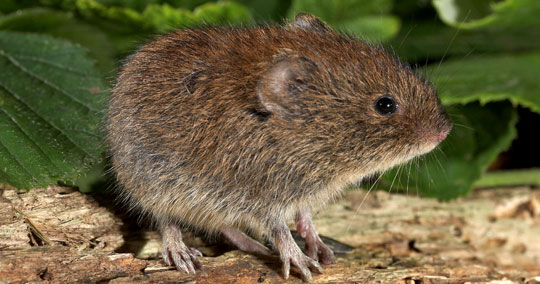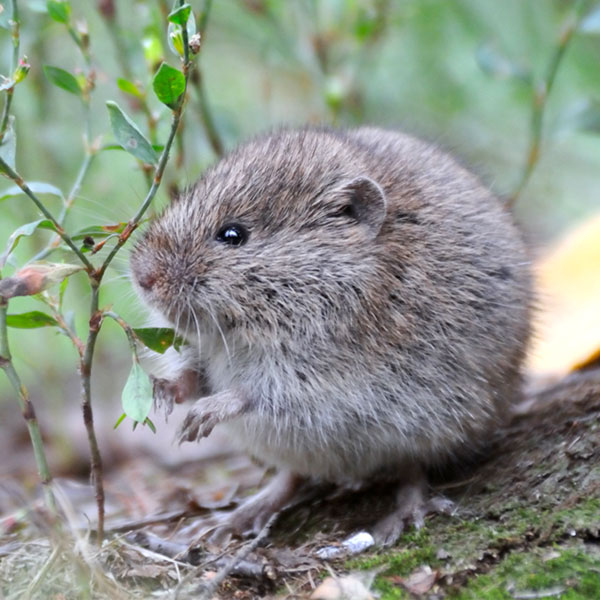Managing Vole Damage: Effective Control Techniques
Managing Vole Damage: Effective Control Techniques
Blog Article
Comprehensive Guide to Reliable Vole Parasite Control: Invasion Identification and Therapy Methods
In the realm of efficient bug control, vole infestations position an one-of-a-kind challenge that demands a calculated approach. By exploring the nuances of vole actions, comprehending key signs of infestation, and evaluating a variety of control options, one can create a comprehensive technique to fight these elusive bugs.
Recognizing Vole Behavior
Vole actions is identified by their tunneling routines and quick recreation prices, making them a difficult pest to control effectively. Their quick reproductive price further complicates control initiatives, with women capable of producing numerous trashes in a single year, each having a number of offspring.
Comprehending vole actions is vital for reliable bug control methods. By determining their burrow places, keeping track of feeding areas, and executing targeted control approaches, such as trapping or environment modification, vole invasions can be handled successfully.
Indications of Vole Invasion

Avoidance Approaches
Carrying out reliable prevention techniques is crucial in reducing vole invasions and securing plant life from their damaging feeding practices (vole control utah). To stop vole problems, it is important to begin by removing possible food sources and shelter. Keep lawn and plants cut short, get rid of weeds and particles, and maintain a neat garden or lawn to make the area less appealing to voles. Setting up obstacles such as hardware towel or below ground fencing can also aid deter voles from getting in certain locations. In addition, minimizing excess dampness by taking care of leaky pipes and ensuring appropriate drain can make the atmosphere less welcoming for voles.
Routinely checking the residential or commercial property for indications of vole activity, such as paths and tunnel openings, is important for very early detection and timely action. Consider utilizing traps or repellents purposefully placed near their pathways if vole task is suspected. Using natural predators like owls or snakes can additionally help maintain vole populations in check. By executing a combination of these avoidance strategies, garden enthusiasts and property owners can effectively safeguard their greenery try this from vole damages.
Non-Lethal Control Methods
To effectively handle vole populations while prioritizing humane methods, non-lethal control strategies use useful remedies for reducing vole damage in landscapes and gardens. These obstacles can be hidden at the very least 12 inches curved and deep at a 90-degree angle to avoid voles from burrowing beneath.

Lethal Control Options
One efficient approach for dealing with vole infestations in yards and landscapes entails the critical usage of dangerous control alternatives. When faced with a severe vole problem that non-lethal approaches have failed to have, executing lethal control actions comes to be important. One generally utilized deadly control option is making use of breeze traps. These catches are designed to rapidly and humanely eliminate voles upon activation, making them a site preferred choice for numerous garden enthusiasts and landscaping companies. To raise the effectiveness of breeze catches, it is advised to place them in areas where vole task is high, such as along paths or near burrow entrances. One more dangerous control option is the usage of poisonous baits specifically developed to target voles. These lures include poisonous substance that is consumed by the voles, causing their ultimate death. Care has to be worked out when making use of hazardous lures to stop damage to non-target animals or animals. Generally, when utilizing deadly click reference control choices, it is vital to do so responsibly and based on local regulations to efficiently manage vole infestations.
Verdict
In final thought, effective vole bug control needs a comprehensive understanding of vole actions, identification of indicators of infestation, execution of prevention strategies, and application of both non-lethal and deadly control approaches. By combining these methods, individuals can efficiently handle vole populations and secure their property from damages. It is essential to deal with vole problems immediately to avoid more issues and reduce the effect on the surrounding environment.
Provided the complex passage systems and rapid reproduction prices particular of voles, recognizing the indications of vole problem becomes vital in effective bug control. One of the key indicators of vole presence is the existence of surface area paths or routes in grass or snow, usually concerning 1-2 inches wide, created as voles travel between their burrows and food resources.To properly manage vole populations while focusing on gentle techniques, non-lethal control techniques provide functional remedies for lowering vole damages in yards and landscapes.One reliable approach for addressing vole infestations in landscapes and gardens involves the calculated usage of lethal control choices. vole control.In verdict, effective vole bug control requires an extensive understanding of vole actions, recognition of signs of problem, execution of prevention approaches, and use of both deadly and non-lethal control approaches
Report this page